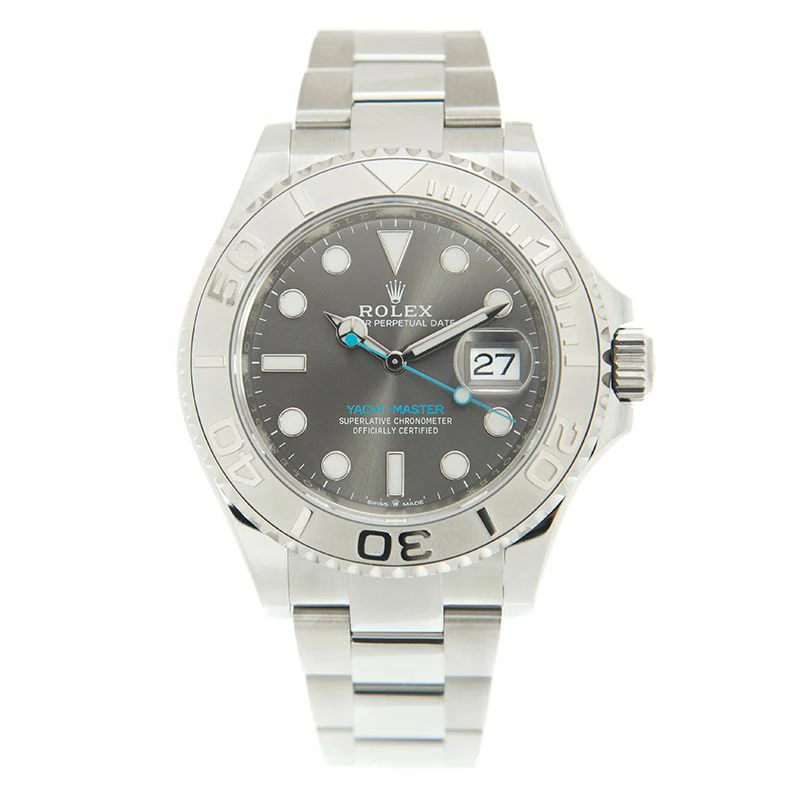Rolex
The Timeless of the Replica Rolex Explorer
Rolex is renowned for creating purposeful, reliable sports watches, often with a touch of luxury. While the brand has never been known for producing grand complications, its watches are synonymous with precision and durability. The Oystersteel, or 904L stainless steel, is a staple in Rolex’s collection, with 18k gold occasionally used for added prestige. Pop culture references from films like Glengarry Glen Ross and American Psycho showcase the brand’s association with success, where characters sport iconic gold Oyster Perpetual models. However, the replica Rolex Explorer stands apart in its ethos. Introduced in 1953, the Explorer has consistently embodied a watch that excels in any environment, from rugged mountain treks to sophisticated urban settings. Its history and design evolution reflect Rolex’s commitment to versatility and performance.

The Rolex Explorer’s Early Years
Launched in 1953 alongside the Rolex Submariner, the Explorer quickly became a symbol of durability and precision. Designed initially for mountaineers scaling the Himalayas, the Explorer was built to withstand extreme conditions. While the Submariner defined Rolex’s dive watch legacy, the Explorer carved a niche as the ultimate all-around sports watch. Its design has remained remarkably consistent since its inception, evolving only slightly over the decades. The steel Oyster case, black dial, and the signature 3-6-9 numerals have been its defining traits, with Mercedes hands designed for maximum legibility. These hands, evolved from earlier cathedral styles, prevent uneven luminescence by using three bars instead of a single large area.
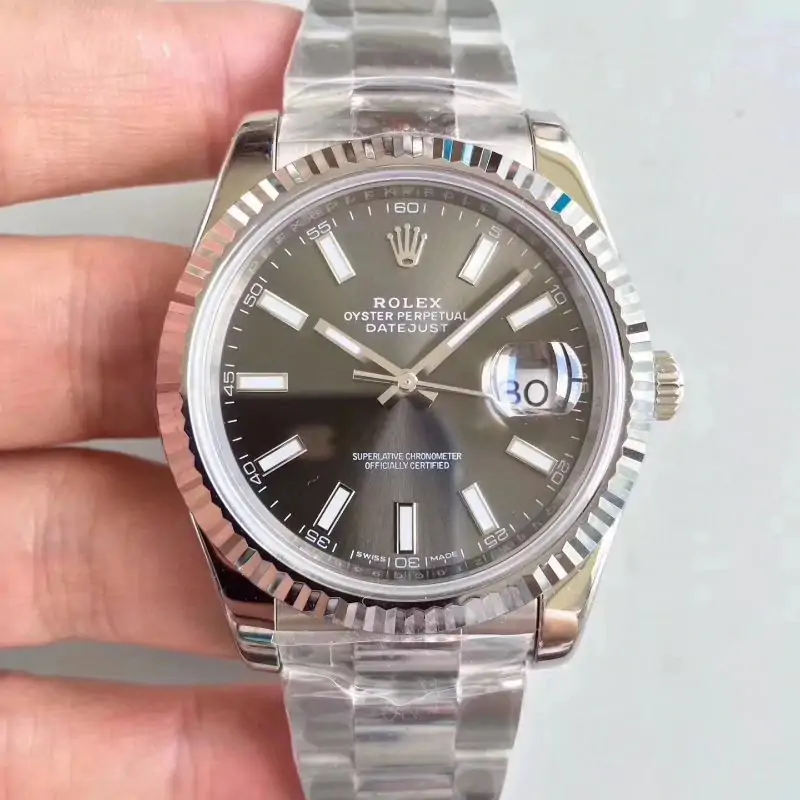
The Explorer’s minimalist approach – no date complication and simple, legible markers – has made it the quintessential “one-watch” for many. While it has undergone technical and aesthetic refinements over the years, the Explorer remains true to its original form, proving that sometimes, the simplest designs are the most effective.
Early Developments and Technological Milestones
The history of automatic watches begins with the Fortis Harwood in 1926, but Rolex made a significant leap with the introduction of the Rolex Oyster Perpetual in the 1930s. The Oyster case, with its screw-down crown and hermetically sealed design, revolutionized watchmaking by ensuring water and dust resistance. Paired with Rolex’s new automatic movement featuring a 35-hour power reserve, the Oyster Perpetual set the stage for future innovations. These developments would become the foundation for Rolex’s rise as a leader in the luxury sports watch market.
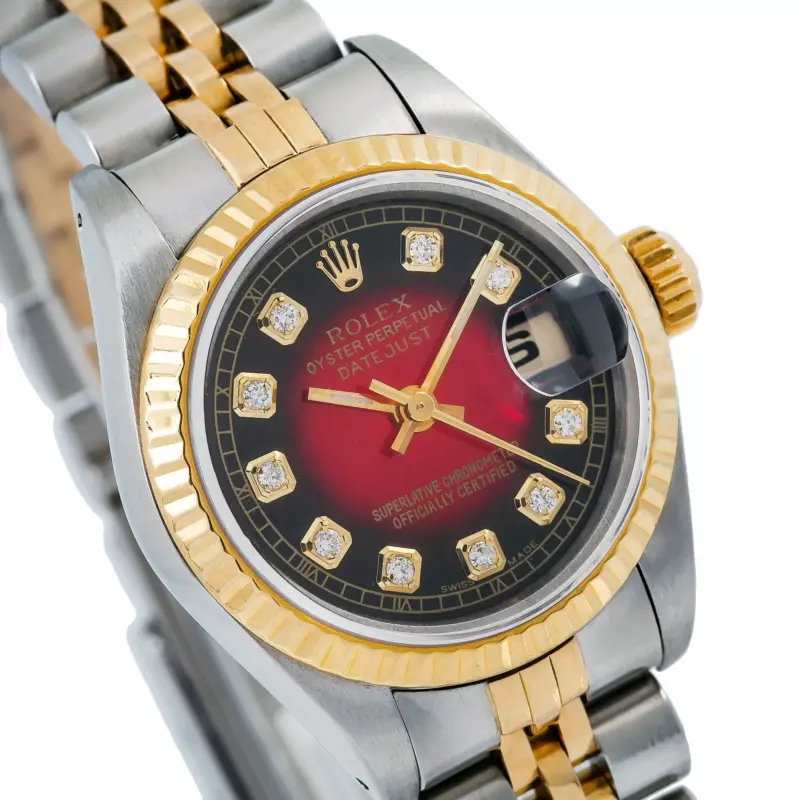
While the Submariner brought Rolex into the world of dive watches, the Explorer defined the rugged sports watch genre. Although James Bond famously wore the Submariner in the films, the character’s creator, Ian Fleming, preferred the Explorer, which he wore himself. This contrast highlights the Explorer’s image as a watch for the understated, versatile adventurer.
The Debate Over Models and References
The origins of the Explorer are subject to some debate. In 1953, mountaineers Tenzing Norgay and Sir Edmund Hillary made history by reaching the summit of Mount Everest, with a Rolex chronometer (ref. 6098) by their side. This watch, often considered a precursor to the Explorer, was a testament to Rolex’s rugged engineering. Although the “Explorer” name was trademarked in January 1953, it did not appear on the dial of the Everest piece.
The first true Explorer model is often considered to be the ref. 6350, which featured “Explorer” printed on the dial. Released in 1953, this model had a 36mm Oyster case and became highly collectible for its variations, such as the waffle-textured dial. Despite this, some still debate whether the ref. 6150, with its “Precision” dial, should be recognized as the first Explorer. This reference, produced alongside the 6350, had similar design elements, but it did not feature the Explorer branding.
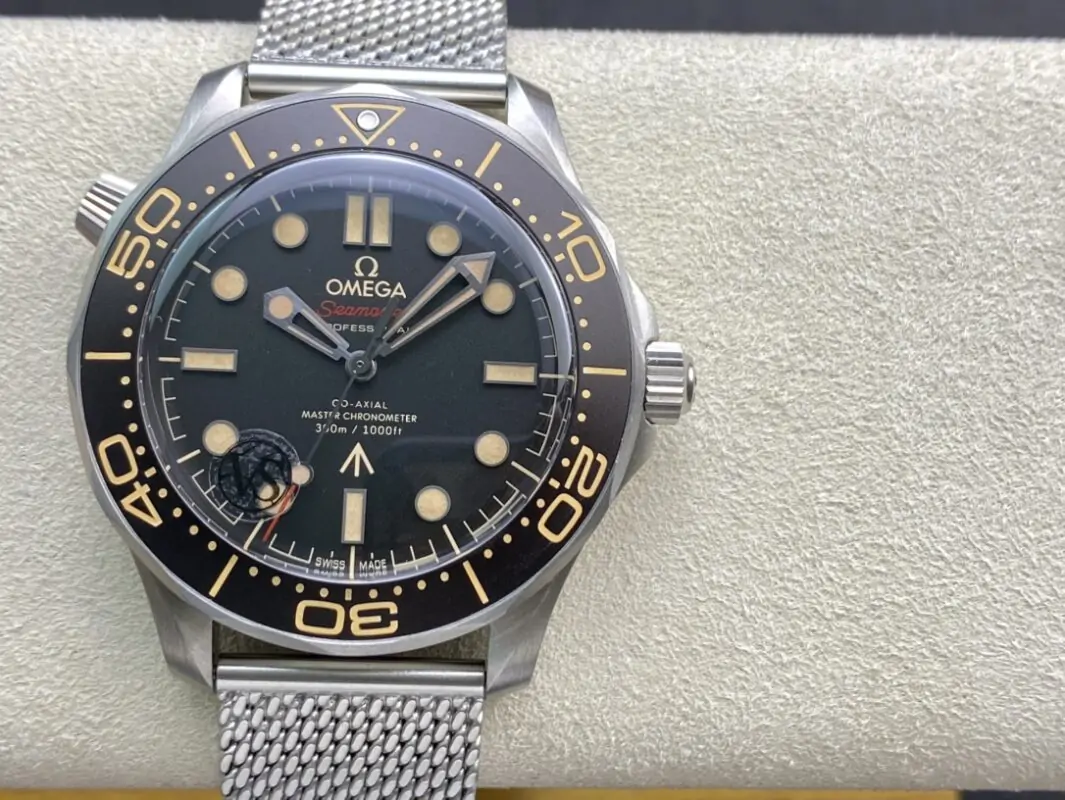
By 1955, the ref. 6610 replaced the 6150, marking the final transition from prototypes to a true production model. Early 6610 models even featured a rare white dial variant, affectionately known as the “Albino” Explorer. This period marked the end of the prototype stage and the start of the Explorer’s mainstream success.
Defining the Explorer: The Ref. 1016
By 1963, the ref. 1016 solidified the Explorer’s place in replica watch history. While it shared much of its design with earlier models, it introduced significant improvements, including the COSC-certified calibre 1560 movement and increased water resistance to 100 meters. The ref. 1016 remained in production for over 25 years, becoming one of the most iconic Rolex models ever made.
The ref. 1016 featured subtle dial variations over the years, such as changes in the luminescence material – from radium to tritium – and variations in the crown logo. Early versions had a “frog foot” coronet, while later models featured a more standardized logo. The movement’s accuracy and robustness cemented the 1016’s reputation as a tool watch, suitable for both adventurers and everyday wearers alike.
The Arrival of Modern Explorers
In 1989, Rolex introduced the ref. 14270, bringing the Explorer into the modern era with a slightly updated design. The 36mm case remained, but the acrylic crystal was replaced with a sapphire one, and the dial featured applied indices instead of printed ones. The movement was upgraded to the Caliber 3000, which had a higher beat rate and a longer power reserve. This new model also marked the end of radium and tritium luminescence in favor of Super-LumiNova.
This was followed by the ref. 114270 in 2001, which featured the upgraded Caliber 3130, offering improved shock resistance and a longer power reserve. The most significant change came in 2010 with the introduction of the ref. 214270, which increased the case size to 39mm. This was the first significant size change in the Explorer’s history and received mixed reactions from purists. The 39mm case size was later replaced by the more traditional 36mm size in the 124270.
The Return to Tradition and the 2021 Ref. 124270
In 2021, Rolex reintroduced the 36mm Explorer with the ref. 124270. This model combined the classic design with a modern upgrade, featuring the new Caliber 3230 movement with a 70-hour power reserve and improved efficiency. The return to a 36mm case size was a nod to the traditional Explorer design, but the addition of a Rolesor (steel and gold) version on the ref. 124273 added a twist. The Explorer’s DNA, however, remained unchanged, solidifying its position as the definitive all-around sports watch.
The latest updates included the addition of a 40mm model (ref. 224270) in 2023, and Rolex’s continued use of advanced materials like the Chronergy escapement and anti-magnetic technology. These innovations ensure that the Explorer remains as capable and reliable as ever, whether for mountain climbers, divers, or urban explorers.
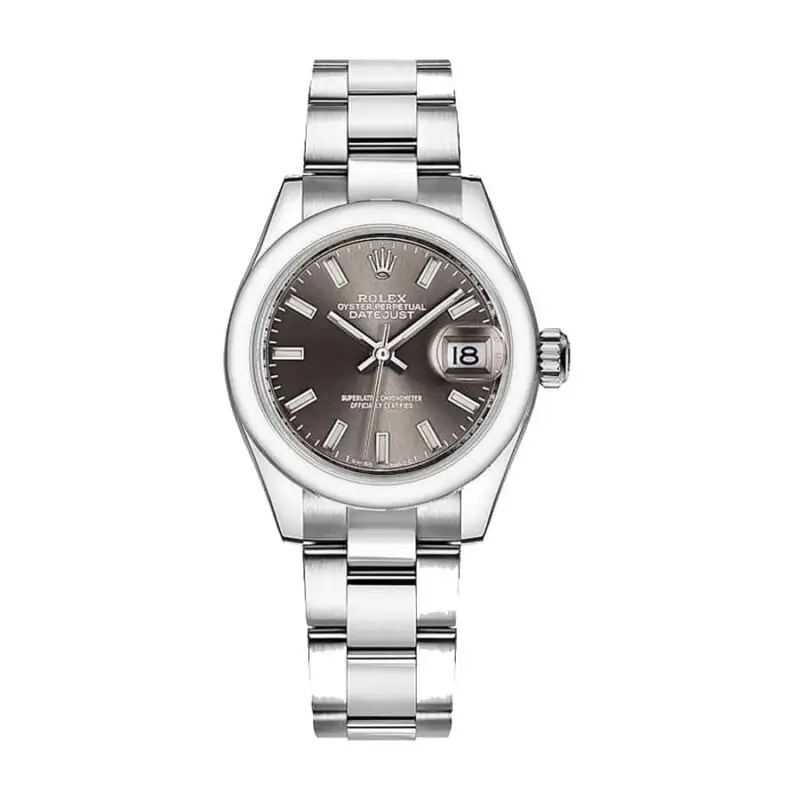
Old vs. New: Choosing Your Explorer
With over 70 years of production, the clone Rolex Explorer offers a range of models for both collectors and casual enthusiasts. Vintage models, such as the 1016, remain highly sought after for their historical significance and classic design, though they may show signs of wear and require careful maintenance. Modern Explorers, such as the ref. 124270, offer improved movement technology and durability, while still maintaining the brand’s signature aesthetic.
Whether you’re after a piece of history or a modern tool watch, the Rolex Explorer is a symbol of adventure, precision, and timeless design – traits that have remained consistent for over seven decades.

